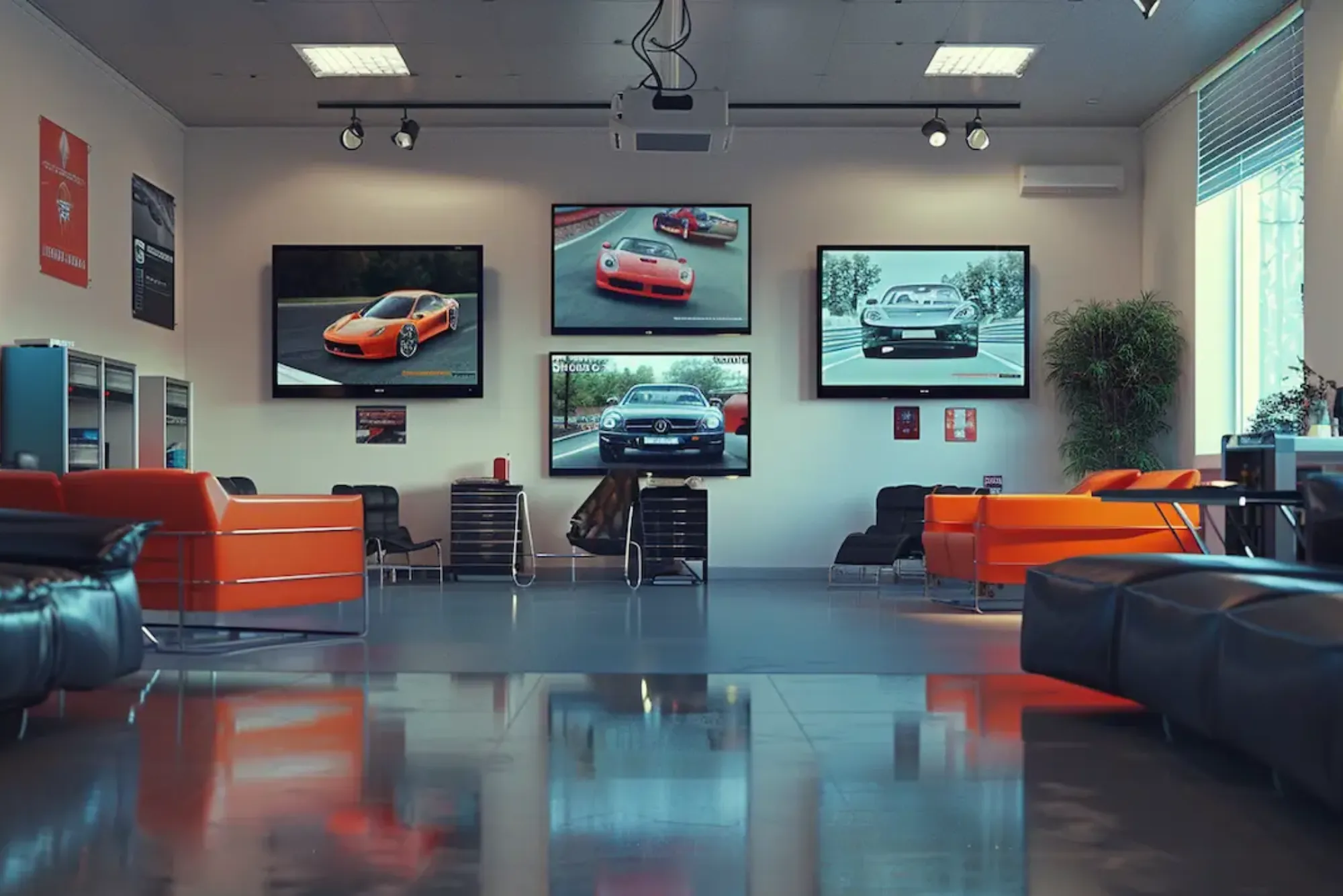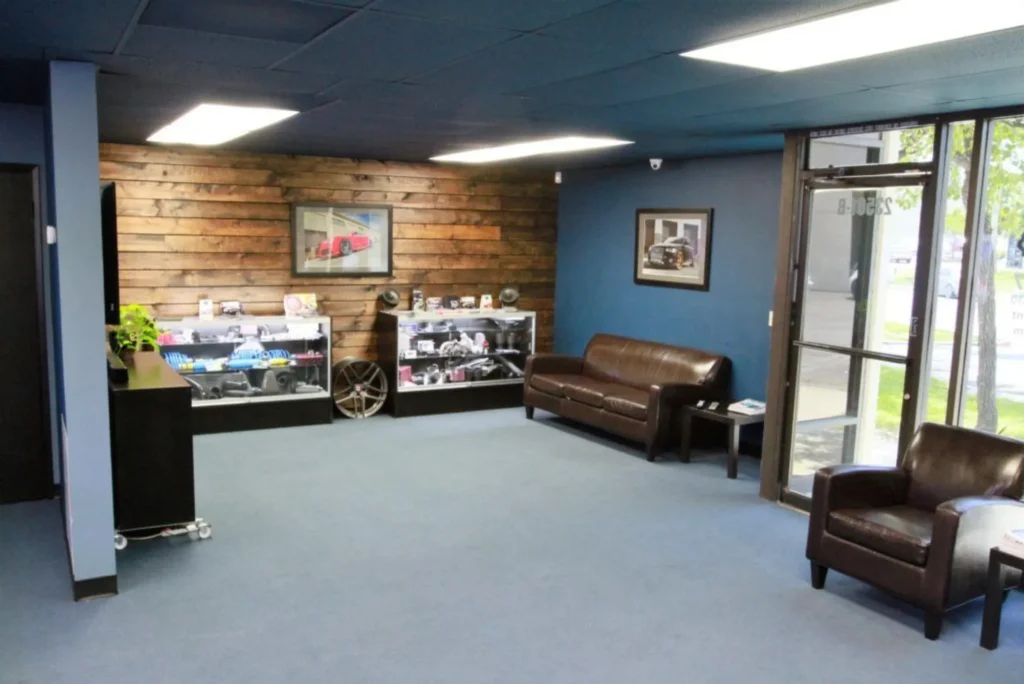Creating an inviting and functional waiting room for an auto repair shop involves careful planning and design. This space not only serves as a place where customers wait while their vehicles are being serviced but also reflects the professionalism and quality of the repair shop. An effective waiting room design enhances the customer experience, minimizes perceived wait times, and contributes to the overall success of the business.
Understanding the Purpose of the Waiting Room
The waiting room in an auto repair shop is crucial for several reasons. Its primary purpose is to provide customers with a comfortable and pleasant environment while they wait for their vehicles to be serviced. A well-designed waiting room can alleviate the stress and inconvenience associated with vehicle repairs, creating a more positive experience for customers.
Furthermore, the waiting room serves as a reflection of the repair shop’s commitment to quality and professionalism. The design of the waiting area sets the tone for the entire customer experience, from the moment they enter the shop. A clean, organized, and aesthetically pleasing waiting room conveys that the repair shop values its customers and pays attention to detail, which can enhance trust and confidence in the services provided.
Key Design Elements
Comfortable seating is one of the most important aspects of a waiting room design. Customers should be provided with seating that is not only comfortable but also functional. Ergonomic chairs or sofas that accommodate various body types and preferences ensure that customers can relax during their wait. The arrangement of seating should allow for both social interaction and privacy, depending on individual preferences.
Maintaining cleanliness and orderliness in the waiting room is essential. A clean environment not only contributes to the overall comfort of the space but also reflects the professionalism of the repair shop. Regular cleaning schedules and routine maintenance checks help keep the waiting room inviting and free from clutter.
Entertainment options play a significant role in enhancing the customer experience. A television can provide a welcome distraction, while magazines or newspapers offer additional reading material. Providing Wi-Fi access allows customers to use their own devices, further improving their wait time experience.
Offering refreshments, such as coffee, water, or snacks, adds a touch of hospitality to the waiting room. A well-organized refreshment station can make customers feel more at ease and appreciated during their visit.
Safety and accessibility are critical considerations in the design of the waiting room. The space should be designed to accommodate all customers, including those with disabilities. This involves ensuring adequate lighting, clear signage, and unobstructed pathways to create a safe and accessible environment for everyone.
Aesthetic Considerations
The color scheme of the waiting room should contribute to a soothing and welcoming atmosphere. Neutral tones combined with carefully selected accent colors can create a calming environment that enhances the overall experience for customers.
Branding elements are another important aspect of the waiting room design. Incorporating the repair shop’s colors, logos, and imagery into the design reinforces the shop’s identity and creates a cohesive look. This not only strengthens brand recognition but also adds a professional touch to the waiting area.
The choice of décor should complement the overall design of the waiting room. Art pieces, plants, and other decorative items can enhance the ambiance of the space. However, the décor should be chosen carefully to ensure it adds to the atmosphere without overwhelming the space or creating distractions.
Functional Considerations

The layout and flow of the waiting room are crucial for ensuring a smooth and comfortable experience for customers. The design should facilitate easy movement and prevent bottlenecks or obstacles. Adequate space should be provided for customers to move around comfortably, and the layout should be intuitive and user-friendly.
Informational signage plays a key role in helping customers understand the repair process and what to expect. Clear signs should provide information about estimated wait times, repair progress, and any other relevant details. This helps manage customer expectations and reduces uncertainty during their wait.
Temperature control is another important aspect of the waiting room design. A comfortable temperature is essential for maintaining a pleasant environment. The waiting room should be equipped with efficient heating and cooling systems to ensure that customers remain comfortable throughout their visit.
Designing an effective waiting room for an auto repair shop involves balancing comfort, functionality, and aesthetics. By focusing on these key design elements and considerations, you can create a space that enhances the customer experience and reflects the professionalism of your repair shop. A well-designed waiting room not only improves customer satisfaction but also contributes to the overall success and reputation of the business.








